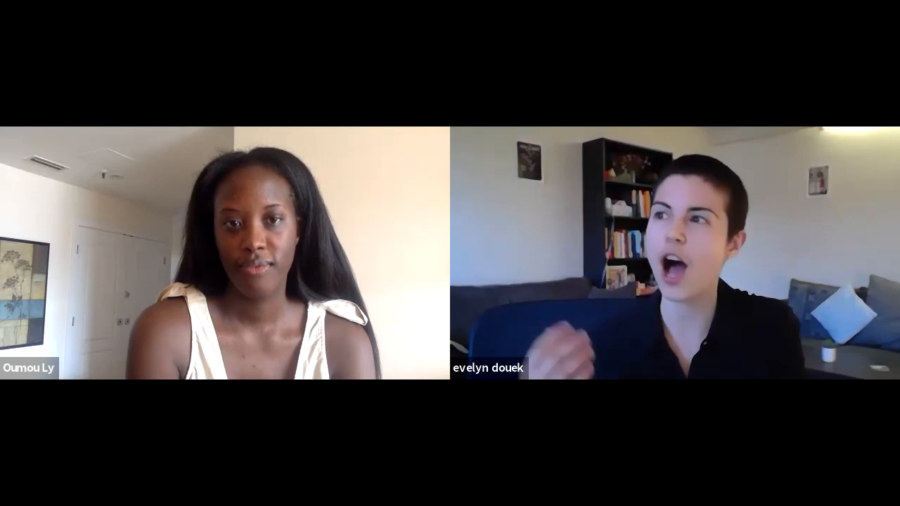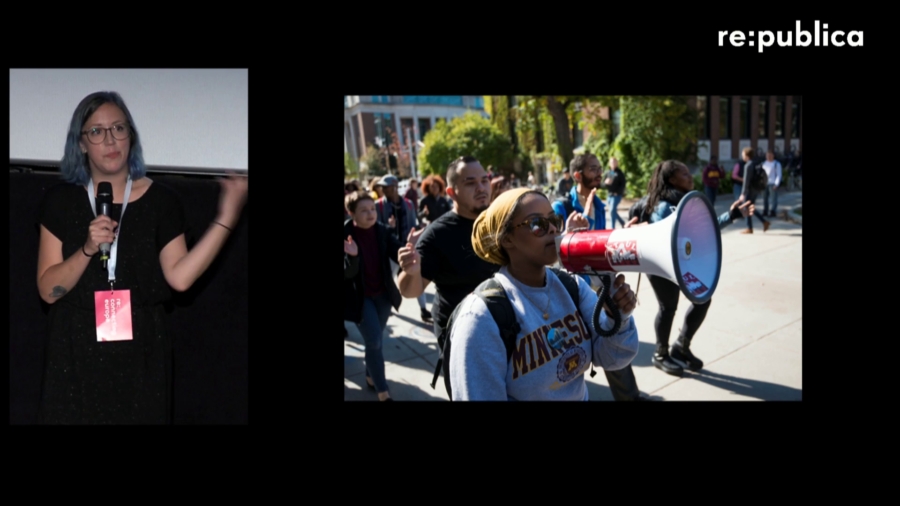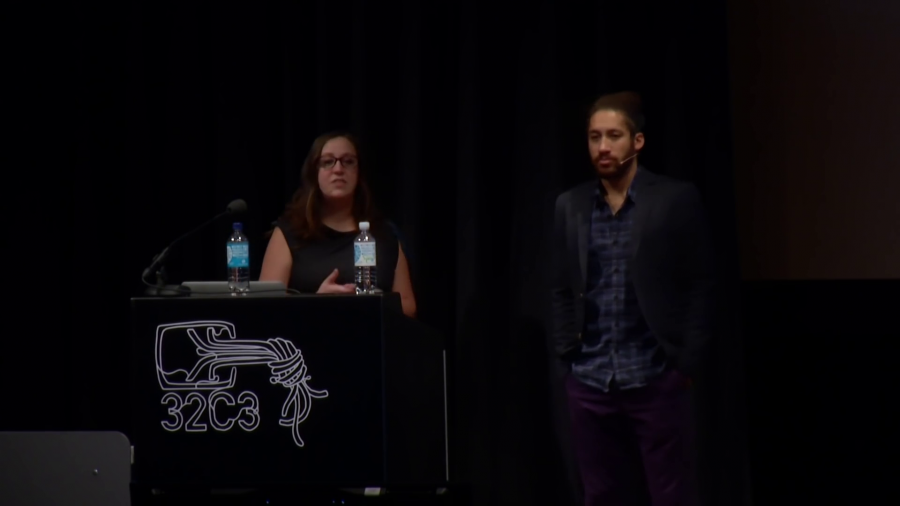We’re focused on what we call countering foreign influence but really what we’re trying to do is build national resilience to foreign influence activities. And so for us a lot of what we do is public education and public awareness outreach to different communities, provide resources that folks can use to better understand both the risk and then ways to mitigate the risk.
Archive

The question also does come up, you know, is there anything really new here, with these new technologies? Disinformation is as old as information. Manipulated media is as old as media. Is there something particularly harmful about this new information environment and these new technologies, these hyperrealistic false depictions, that we need to be especially worried about?

Dangerous speech, as opposed hate speech, is defined basically as speech that seeks to incite violence against people. And that’s the kind of speech that I’m really concerned about right now. That’s what we’re seeing on the rise in the United States, in Europe, and elsewhere.

Once we understand that legal talismans are protective invocations, we have to be critical of them. Even the ones we like. The shorthand is not comprehensible to users. And the shorthand is not comprehensible to people more generally.

Social media companies have an unparalleled amount of influence over our modern communications. […] These companies also play a huge role in shaping our global outlook on morality and what constitutes it. So the ways in which we perceive different imagery, different speech, is being increasingly defined by the regulations that these platforms put upon us [in] our daily activities on them.


Lost in the Web – How to Navigate the Legal Maze and Protect Free Speech Online
We all know that a lot of speech is moving online these days, either by choice because it’s a cheap and accessible way of publishing, or by necessity. At the same time we see an increase in attempts to control free speech online, in what should actually be a space in which information can flow freely.